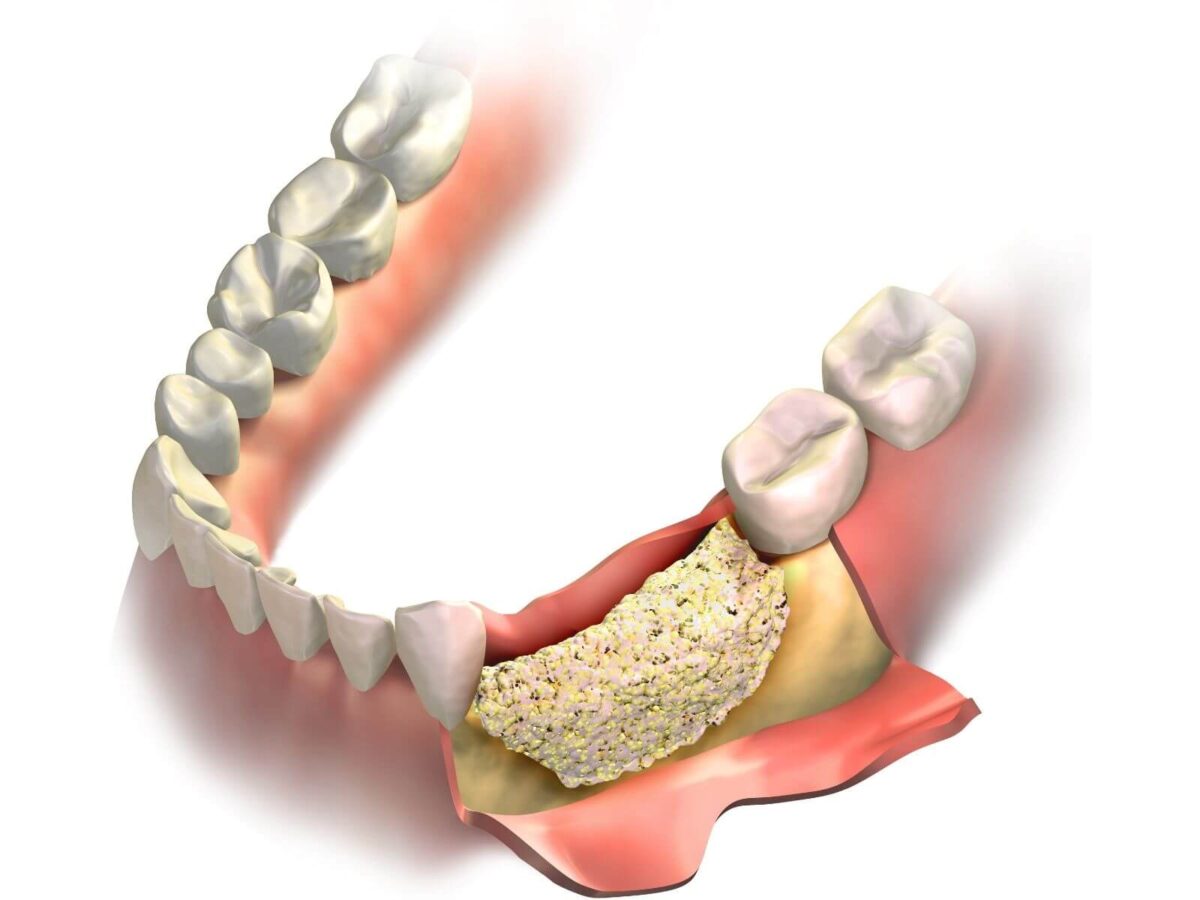If left untreated, bone loss around teeth can result in tooth instability, gum disease, and tooth loss. Restoration of lost bone is tough, but modern dentistry provides numerous ways for renewing and stabilizing bone. Victoria Dental Office TX discusses the origins, symptoms, and therapies for dental bone loss in detail here.
What Causes Tooth Bone Loss
Learn the reasons for bone loss around teeth with Victoria Dental Office TX to prevent it from worsening. Common causes:
- Periodontitis, or severe gum disease, is the major cause of tooth bone loss. Plaque bacteria cause inflammation, which affects the gums and bones around teeth.
- When teeth are missing, the supporting bone tissue may lack essential stimulation, resulting in bone resorption.
- Fractures, particularly those of the mouth cavity, are more likely in patients with osteoporosis.
- Skipping dental hygiene can lead to plaque buildup, periodontal disease, and bone loss.
- If a person grinds their teeth or has other dental disorders such as chipped teeth, his or her jawbone matures faster.
Dental Bone Loss Symptoms
Bone loss in teeth may not be visible at first. However, signs may appear:
- Bone erosion can loosen teeth.
- Bone loss can cause “sunken” mouths and cheeks.
- Loss of bone support might cause chewing discomfort.
- Receding gums create areas where germs can flourish, aggravating the problem.
Treatment of Bone Loss in Teeth by Victoria Dental Office TX
Dental bone loss treatment depends on severity and cause. Dental experts at Victoria Dental Office TX maintain or repair bones using many methods:
- Root Planing
Without surgery, scaling and root planing remove plaque and tartar below the gum line. In the early stages of gum disease, this treatment reduces swelling and stops bone loss. - Bone Grafting
Bone grafting is often done to rebuild jawbone volume. It involves replacing bone deficiency with synthetic bone or bone transplants. It strengthens and grows a new jawbone as the transplant integrates. Major types of bone grafting are – - Autografts: Using bone from another part of the patient.
- Allografts: Donor bone treated for safety.
- Xenografts: Animal bone, usually bovine.
- Alloplastic graft: Artificial bone substitutes are used.
Guided Tissue Regeneration
GTR is often performed using bone transplants. A biocompatible barrier separates the gum tissue from the bone, stopping the gum tissue from growing into places where bone can grow back. This wall helps bone cells grow in and fill in the space better.
Platelet-Rich Plasma (PRP) Therapy
Generating PRP involves mixing platelets, growth factors, and blood plasma. Platelet-rich plasma (PRP) enhances the healing journey for patients who have experienced bone grafts. It will also enhance the effectiveness of the patch and the speed of bone growth.
Dental Implants
Implants in the jaw stop bone loss and replace missing teeth in a way that lasts. As artificial tooth roots, implants keep the bone density high and strengthen the jawbone. It works best for people who have lost a lot of bone because of losing teeth.
Periodontal Surgery
In severe cases, periodontal surgery may eliminate gum gaps, improve the gums’ adhesion to the teeth, and stop bone loss. With flap surgery, dentists can access deep infections and change bone tissue, which also stops bone loss.
Preventing Bone Loss in Teeth
To reduce the risk of bone density deterioration and dental complications, consider the following options:
- To maintain optimal bone health, it is essential to refrain from exerting pressure on your teeth and to promptly replace any missing teeth.
- If you find yourself grinding your teeth during sleep, using a nightguard can help protect your teeth and jaws from further harm.
- Brushing twice a day, flossing every day, and using an antibiotic mouthwash every day will eliminate mouth-based germs and build-up.
- Regular trips to Victoria Dental Office, TX, for cleanings and checks every six months can help detect gum disease and bone loss early.
- Avoid smoking. If you smoke, blood can’t get to your gums as quickly. It makes healing take longer and raises the risk of bone loss.
- Take in phosphorus, calcium, and vitamin D, which are all essential nutrients that contribute to the maintenance of strong jaw bones.
Can Bone Loss be Reversed
Treatments can help rebuild some bone, but it’s hard to stop bone loss completely. How well the treatment by Victoria Dental Office TX works depends on the amount of bone loss. Bone grafts can rebuild bone volume, but they take time and care.
Even without full regeneration, bone stability can be increased. In such circumstances, treatments strengthen bone tissue and restore dental function to improve health and appearance.
Early detection of bone loss improves treatment and reduces deterioration. Dentists can detect bone loss early with X-rays, 3D imaging, and regular checkups. Addressing periodontal disease can avert larger problems and improve bone restoration therapies.
Conclusion
If tooth bone loss is not treated, it can affect the health and look of your teeth. Understanding the causes and symptoms of bone loss is essential for preventing and treating the condition. Scaling, bone grafting, PRP injections, and dental implants are all options for treating bone loss. Good oral hygiene and lifestyle choices can help you avoid it.
Maintaining the health of your mouth and bones for years is possible through regular dental treatment starting at an early age. While not everything can be fixed, the right care and support from Victoria Dental Office TX can help resolve many issues.





